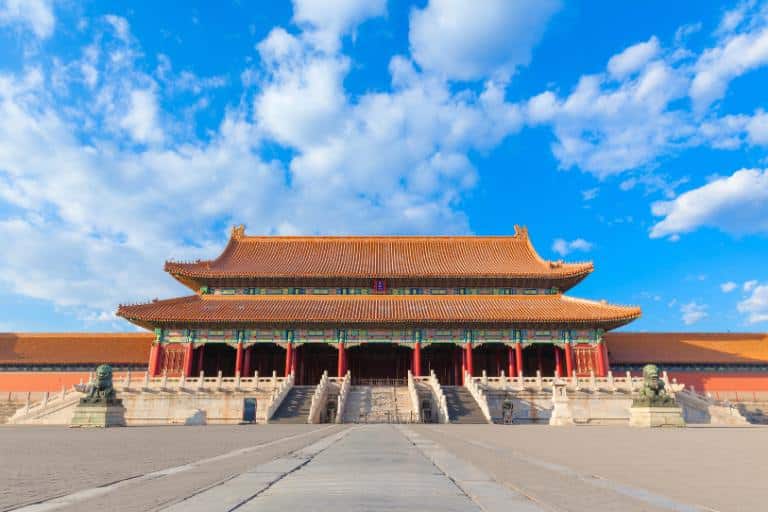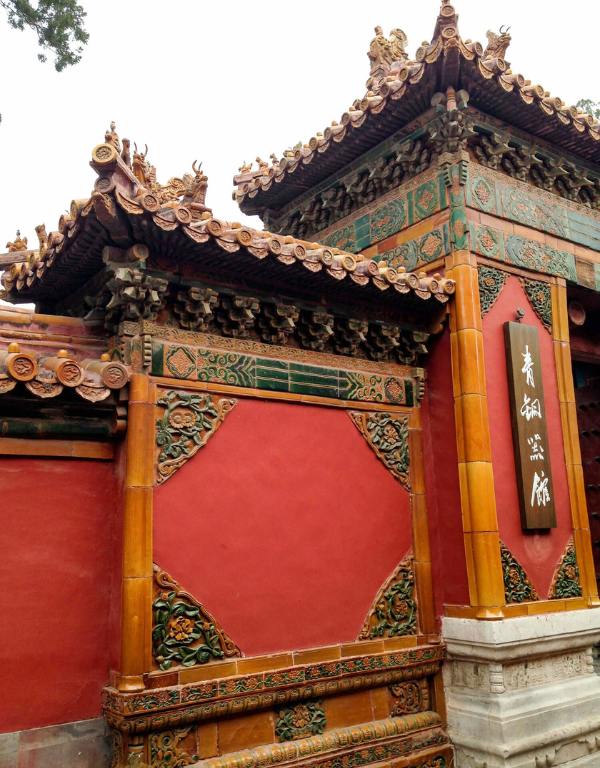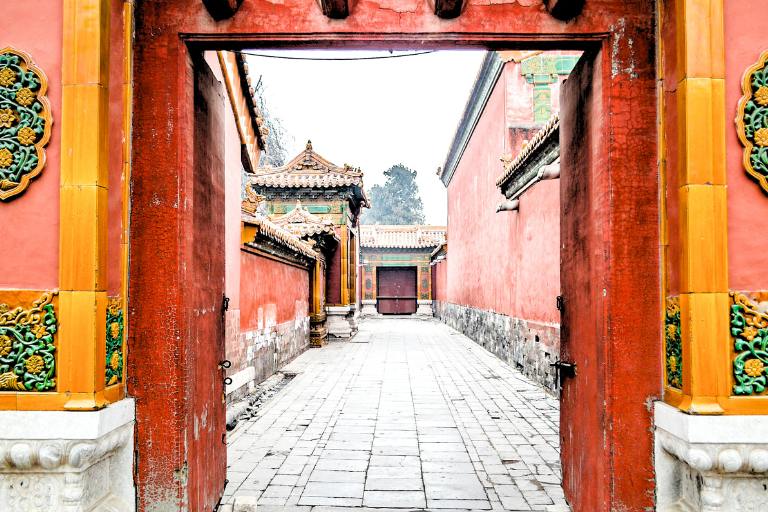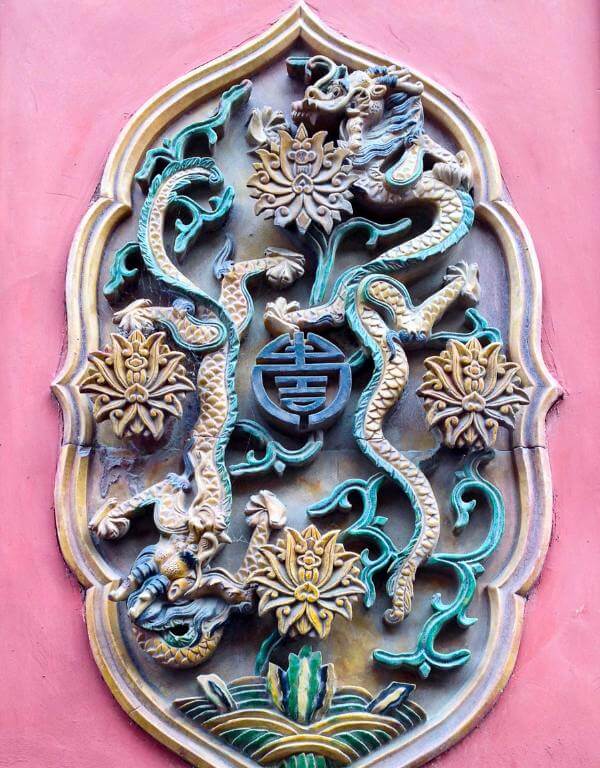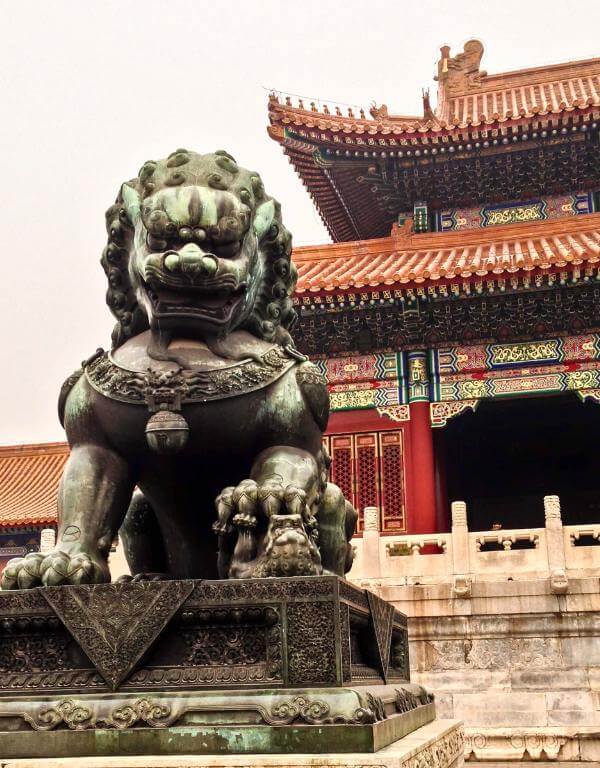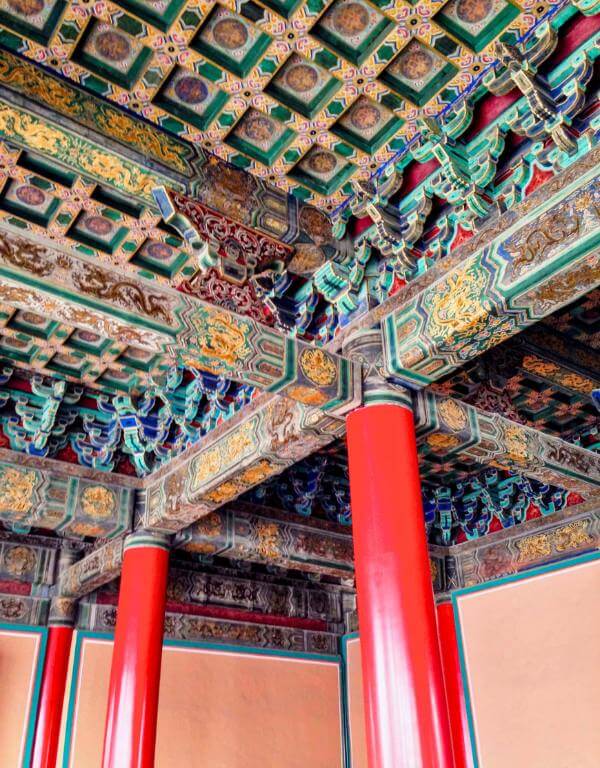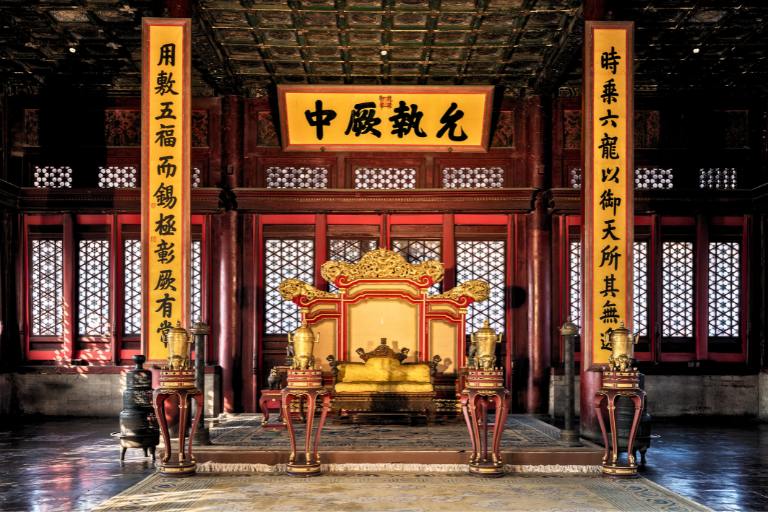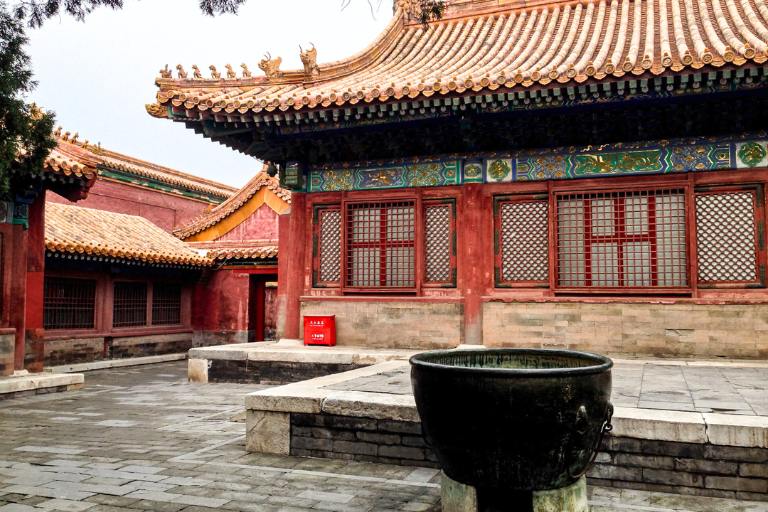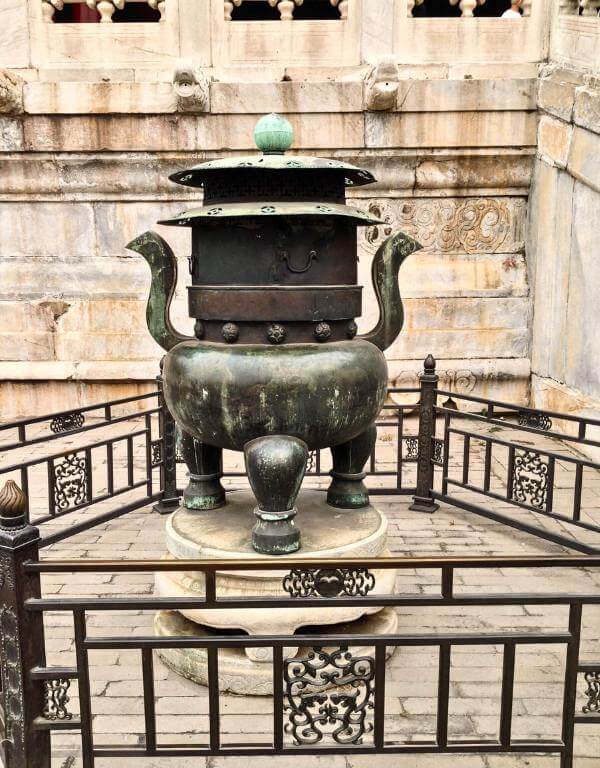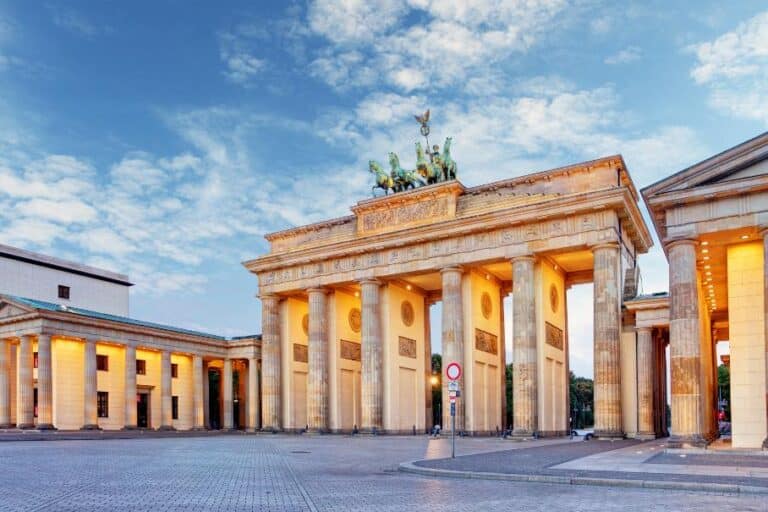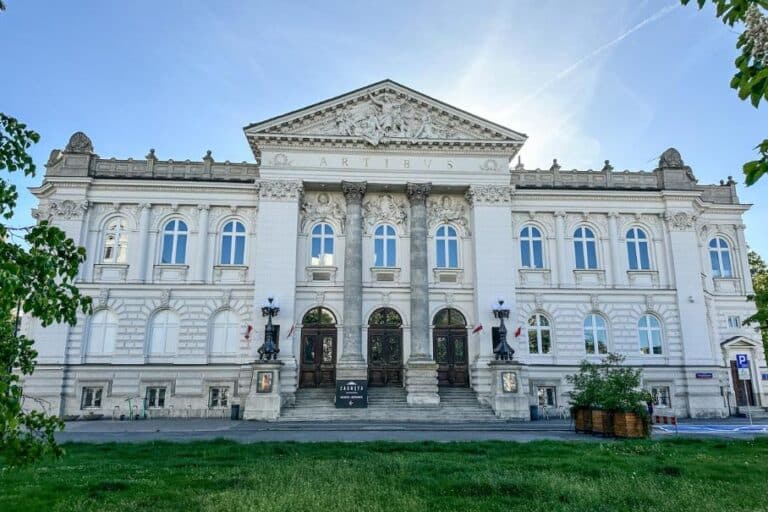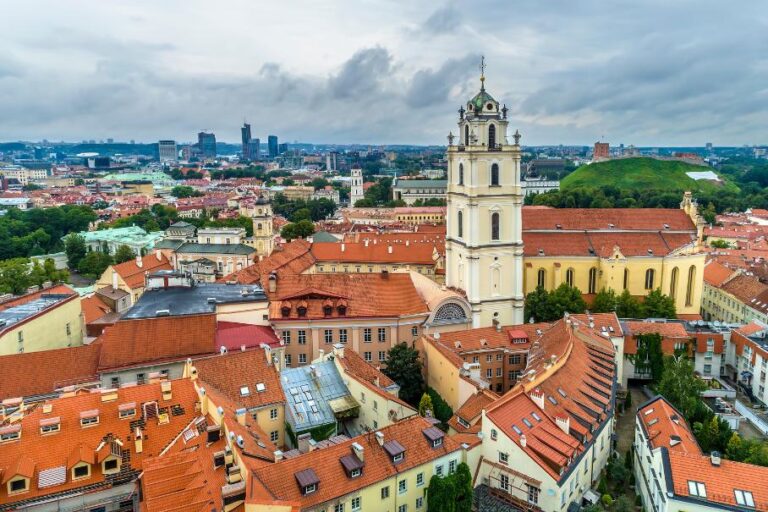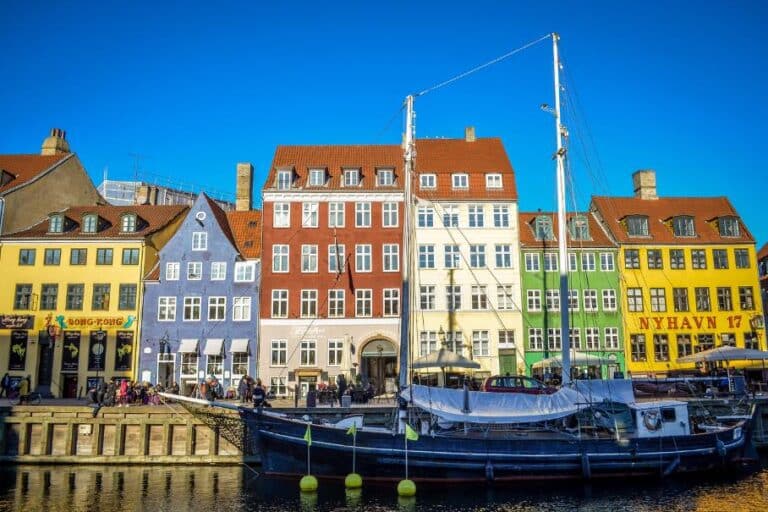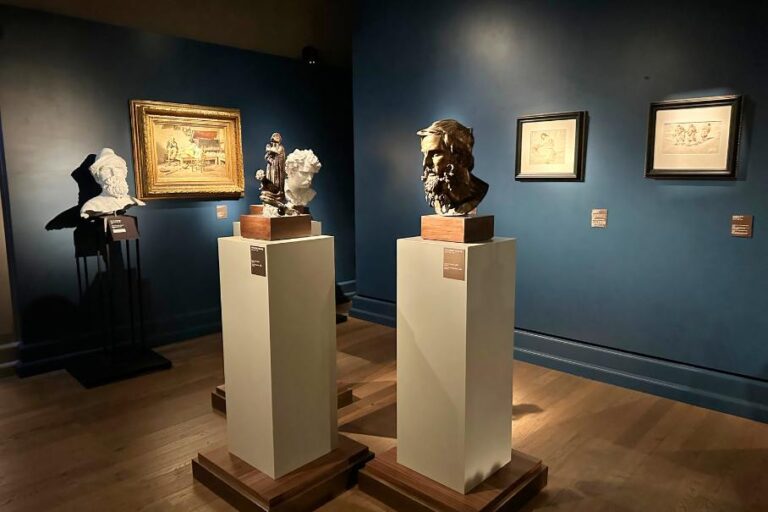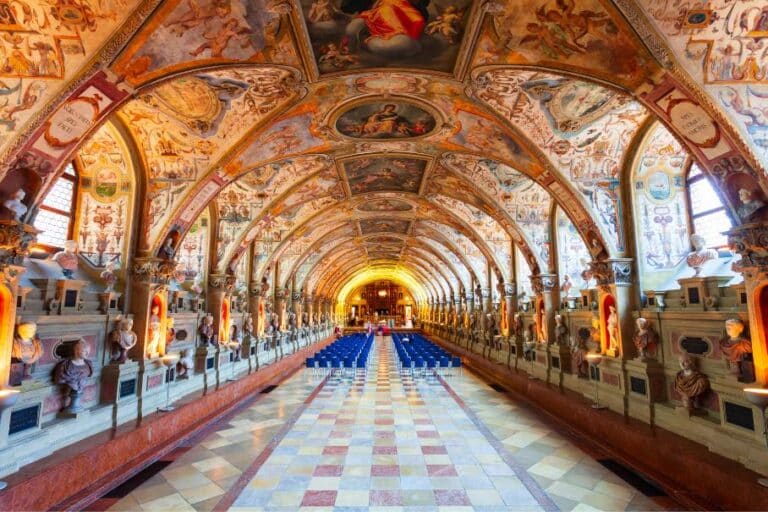The Forbidden City: Walk Where Chinese Emperors Once Ruled
As a history buff, I was thrilled to visit Beijing during my trip to China. With over 3,000 years of history, this is the oldest place I have ever been to. Being that I love architecture and history, you can understand my excitement about visiting the Forbidden City.
The former home of Chinese emperors is a massive palace complex of buildings, open spaces and intricate designs. You can spend a lot of time just walking around and imagining what life at the imperial court was like. If you’re wondering if you should add the Forbidden City to your bucket list, then read on. Here is what you need to know for your visit.
What is the Forbidden City?
The Forbidden City, also known as the Palace Museum, dates back to 1420 and is a UNESCO World Heritage Site. It was home to 24 Chinese emperors from the Ming and Qing dynasties for centuries. The last emperor of China, Puyi, lived here until he was forced to leave. It was not until 1949 that the Forbidden City was opened to the public.
If you have wondered where the name “forbidden” comes from, you are not alone. As it was the home of the emperors and their court, ordinary people were forbidden from entering, which gave the palace its name. Not as dramatic as I imagined.
Design and cultural significance
Built during the Ming Dynasty under Emperor Yongle (he was the third emperor of the Ming Dynasty), this royal palace is unlike any other I have ever seen. It is very different in style, structure and functionality from other royal homes turned museums.
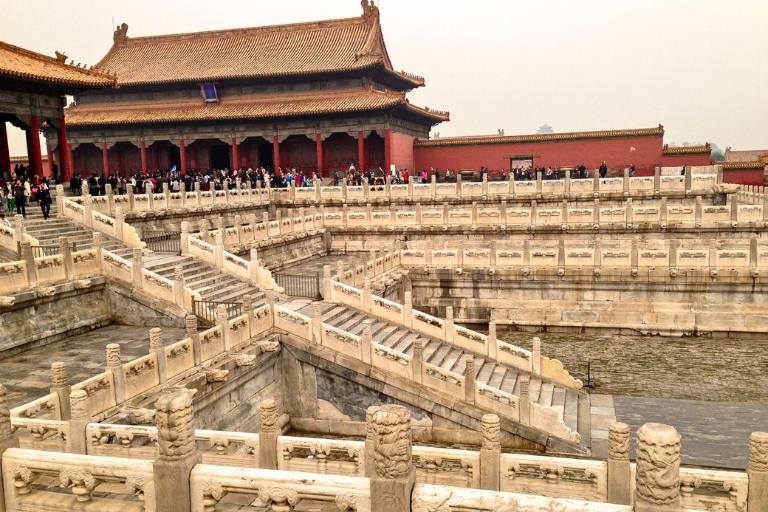
It is very different in style, structure, and functionality from other royal homes turned museums I’ve visited. The Forbidden City is built along a central axis that runs north-south through the heart of Beijing. This axis held deep significance and was designed to illustrate the emperor’s connection to heaven and earth.
Scale and layout
The Forbidden City is a complex of buildings surrounded by courtyards, plazas and intricate walls. You are walking from one place to another instead of being inside a single large building. Located in China’s capital city, the entire site spans a total area of 720,000 square feet and comprises over 9,000 rooms. It’s the largest palace complex in the world. The palace sits within the larger imperial city, which was designed to showcase the emperor’s supreme authority.
The entire site is composed of two main sections: the outer court and the inner court. The royal family lived in the inner court, while state affairs were conducted in the outer court. You’ll find the Hall of Supreme Harmony, Hall of Central Harmony and Hall of Preserving Harmony in the outer court. These ceremonial halls sit on a three-tier marble terrace and were used for grand ceremonies and important state functions. You can access the outer court through the Gate of Supreme Harmony.
Architecture
The architecture of the Forbidden City is exquisite. This was my first exposure to traditional Chinese architecture outside a museum. The fact that many of these wooden structures throughout the complex have endured for such a long time is impressive. The main buildings feature yellow-glazed tiles, which were reserved for imperial use. There are also intricate carvings that tell stories of ancient China.
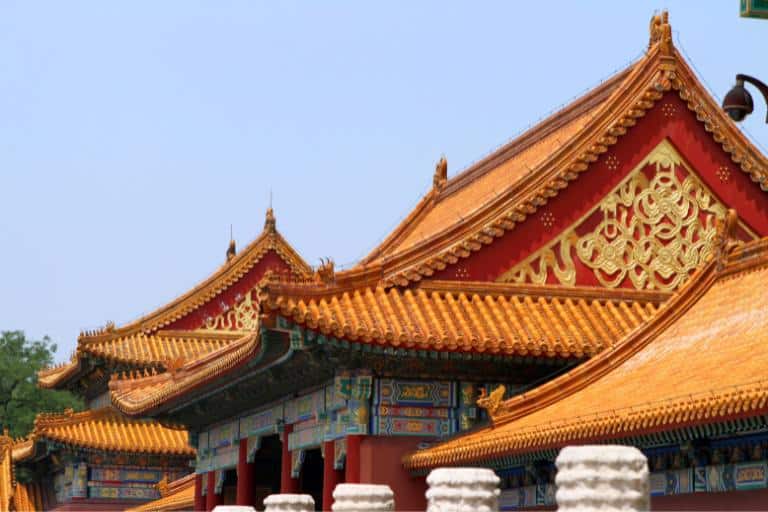
The palace is surrounded by high walls and protected by corner towers at each corner. The main entrance is through the Meridian Gate (the south gate), but you exit through the Gate of Divine Might (also called the Gate of Divine Prowess) in the north gate area.
Symbolism
Chinese culture is full of symbolism and lore. You can see that reflected in every aspect of the Forbidden City’s design. The complex is designed along a central axis that represents the emperor’s role as the Son of Heaven. The number of buildings, room counts and even decorative elements follow principles of Chinese philosophy and cosmology.
The Hall of Supreme Harmony is the largest structure in the complex. Like a throne room, this was where the emperor held court and conducted significant ceremonies, including coronations and royal weddings. The emperor lived in the Palace of Heavenly Purity, accessible through the Gate of Heavenly Purity.
Historical significance
The Forbidden City was the home of Chinese emperors for centuries. It was the seat of imperial power that shaped Chinese history. Here, the emperors spanning from the Ming Dynasty to the Qing Dynasty lived and ruled. They issued imperial edicts, performed royal wedding ceremonies and held elaborate events.
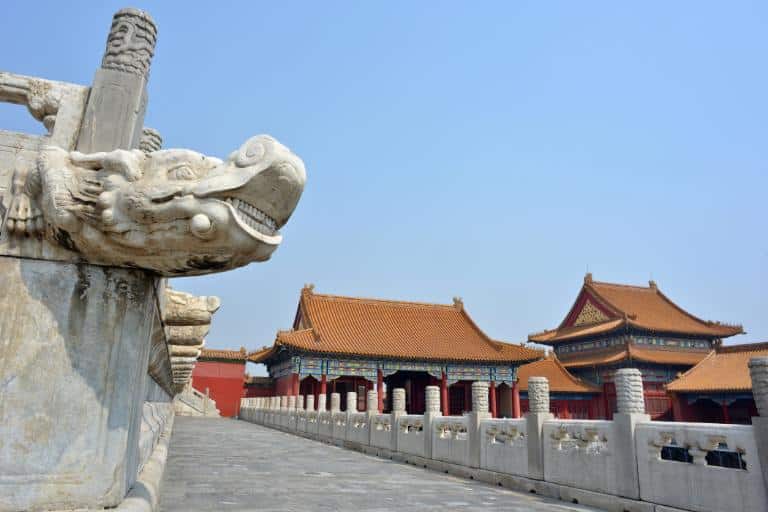
The palace complex served as both a residential area and workplace for thousands of people, including high officials, servants and guards who kept the imperial residence running smoothly. It was like a city within a city, which you really get to experience once you’re inside.
How to visit the Forbidden City
The Forbidden City is located north of Tiananmen Square in the heart of Beijing. The main entrance address is 4 Jingshan Front Street, Dongcheng District, Beijing. It’s not hard to get to.
Entrance gates
As you enter the main gate, you find yourself in a massive courtyard, the first of the many others within the walls of this compound. The place is enormous, and this is just the beginning. Remember that you don’t exit the palace in the same place you enter, like many other places.
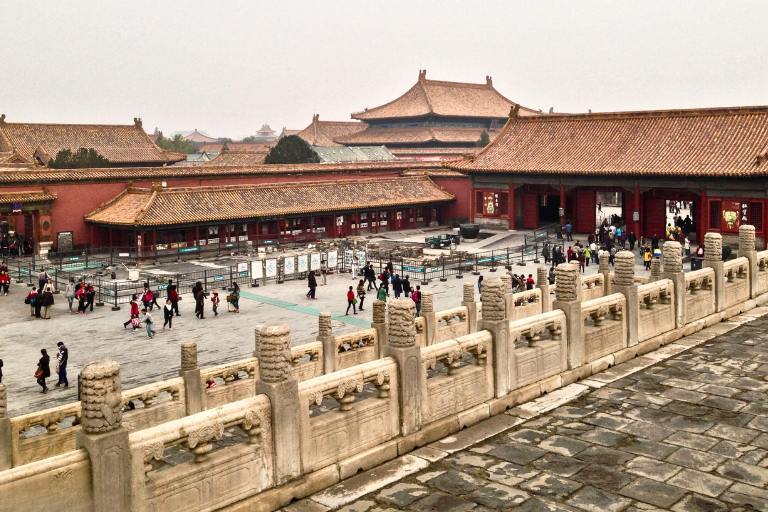
All visitors must enter through the Meridian Gate (the south gate and main gate of the Forbidden City) on the south side. You’ll exit through the Gate of Divine Might (the north gate) on the north side of the complex. This is purposely designed to manage the massive crowds and ensure you see the palace in the intended order.
Recommended routes and highlights
- The most efficient route is through the central axis from south to north.
- Start at the Meridian Gate and head to the Hall of Supreme Harmony, the most impressive of the main halls.
- Continue to the Hall of Central Harmony and Hall of Preserving Harmony, which complete the trio of great halls in the outer court.
- Move into the inner court to see the Palace of Heavenly Purity, Hall of Union and Palace of Earthly Tranquillity. These were the living quarters of the royal family.
- The Hall of Mental Cultivation and the Palace of Tranquil Longevity are also among the best places to visit in the inner court, as they give you a glimpse into the private lives of the emperors.
- Don’t miss the Imperial Garden at the north end of the complex. These gardens offer a peaceful retreat and stunning views. The artificial hill and traditional landscaping offer a nice contrast to the formal palace buildings.
The Palace Museum collections are housed throughout the complex. It contains priceless artifacts from ancient China, including jade, ceramics, paintings and imperial treasures.
Ticket information
The Palace Museum is open all year from Tuesday to Sunday. It’s closed on Mondays, except during national holidays. Opening hours from April to October are 8:30 a.m. to 5:00 p.m., with the last entry at 4:00 p.m. During the off-season, from November to March, 8:30 a.m. to 4:30 p.m., with the last entry at 3:30 p.m.
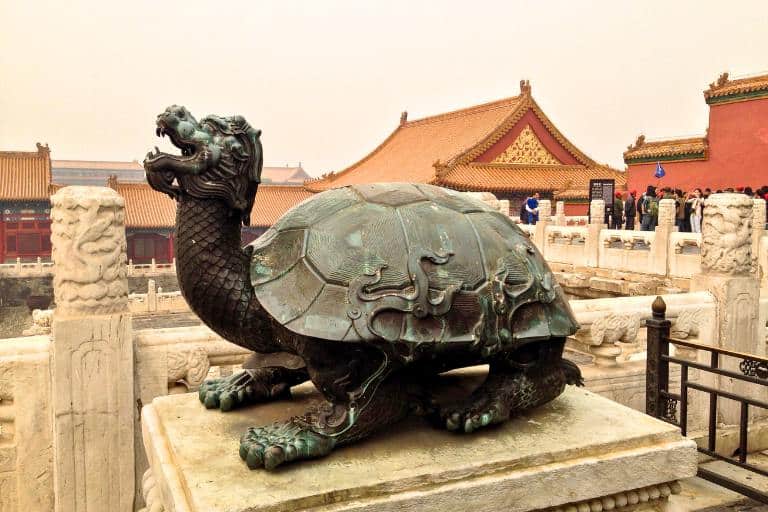
The Palace Museum limits daily visitor numbers to 40,000 to protect the site. Forbidden City tickets must be purchased online in advance through the official Palace Museum website. Tickets are not sold at the gate.
Ticket prices vary by season:
- Peak season (April 1-October 31): 60 CNY for adults
- Off-peak season (November 1-March 31): 40 CNY for adults
- Treasure Gallery: 10 CNY
- The Gallery of Clocks: 10 CNY
- Students and seniors receive discounted rates with a valid ID
- Children under 1.2 metres enter for free
Important: Tickets sell out quickly, especially during high season and holidays like Chinese New Year. Book at least several days in advance, or even weeks ahead, during peak times like late April through early June.
The best time to visit
The best time to visit the Forbidden City is during spring (late April to early June) and fall (September to November), when the weather in Beijing is mild and comfortable. Avoid visiting during Chinese New Year, national holidays and summer months when crowds are heaviest and temperatures can be extreme.
For the best experience, visit in the early morning, right when the palace opens. This way, you can avoid the worst crowds and enjoy cooler temperatures. Late afternoon visits can also be pleasant, although they tend to be more crowded.
How long does it take to explore?
The whole complex can be overwhelming, and you won’t be able to see it all in an hour or two. Plan at least half a day here, or if you have time, stay the whole day.
- Half-day (3-4 hours): Focus on the central axis and main halls
- Full-day (6-8 hours): Include side palaces, western palaces and detailed museum collections
Take breaks in the Imperial Garden and don’t try to see everything in one visit. The most important buildings are along the central axis, so prioritize these if you’re short on time.
Forbidden City guided tours
I recommend doing a guided tour for the best experience. You can book your tour in advance. There are audio guides on site, but you won’t get the same amount of information as you would with a guide. Additionally, some tours include visits to nearby attractions, such as Jingshan Park, allowing you to view the Forbidden City from above.
Practical tips
- Comfortable walking shoes are essential – you’ll walk several miles on stone surfaces
- Sunscreen and a hat, especially in summer
- Water and snacks – food options inside are limited
- Wear layers as the weather can change throughout the day
- The Forbidden City has wheelchair-friendly paths along the main routes, and assistance is available for visitors with mobility needs.
- Bathrooms are conveniently located throughout the complex, and small shops selling drinks and snacks are available, although the selection is limited.
Things to do near the Forbidden City
- Tiananmen Square (outside the Forbidden City entrance gate): One of the world’s largest public squares and houses the Monument to the People’s Heroes and Mao’s Mausoleum in the center. The name Tiananmen means “Gate of Heavenly Peace,” reflecting the square’s intended symbolism.
- Jingshan Park (also called Coal Hill): Located just north of the palace, this park offers the best views of the Forbidden City from above. The artificial hill provides perfect photo opportunities for the entire complex.
- Wangfujing Street: Beijing’s famous shopping and food street. Try local street food and browse traditional crafts.
- The Temple of Heaven: Another UNESCO World Heritage Site, about 30 minutes away by subway line.
- The Summer Palace: A beautiful imperial garden and palace complex, perfect for a second day of exploring.
Conclusion
The Forbidden City has stood strong for centuries, and it offers an incredible look into China’s imperial past. The scale, artistry and historical significance make it one of the world’s most important cultural sites, and I’m so happy I got to see it.
Whether you’re interested in architecture, history, or simply want to walk where emperors once ruled, the Forbidden City delivers an unforgettable experience. I think anyone interested in history, culture and architecture should experience the Forbidden City. I think you’ll love it.

